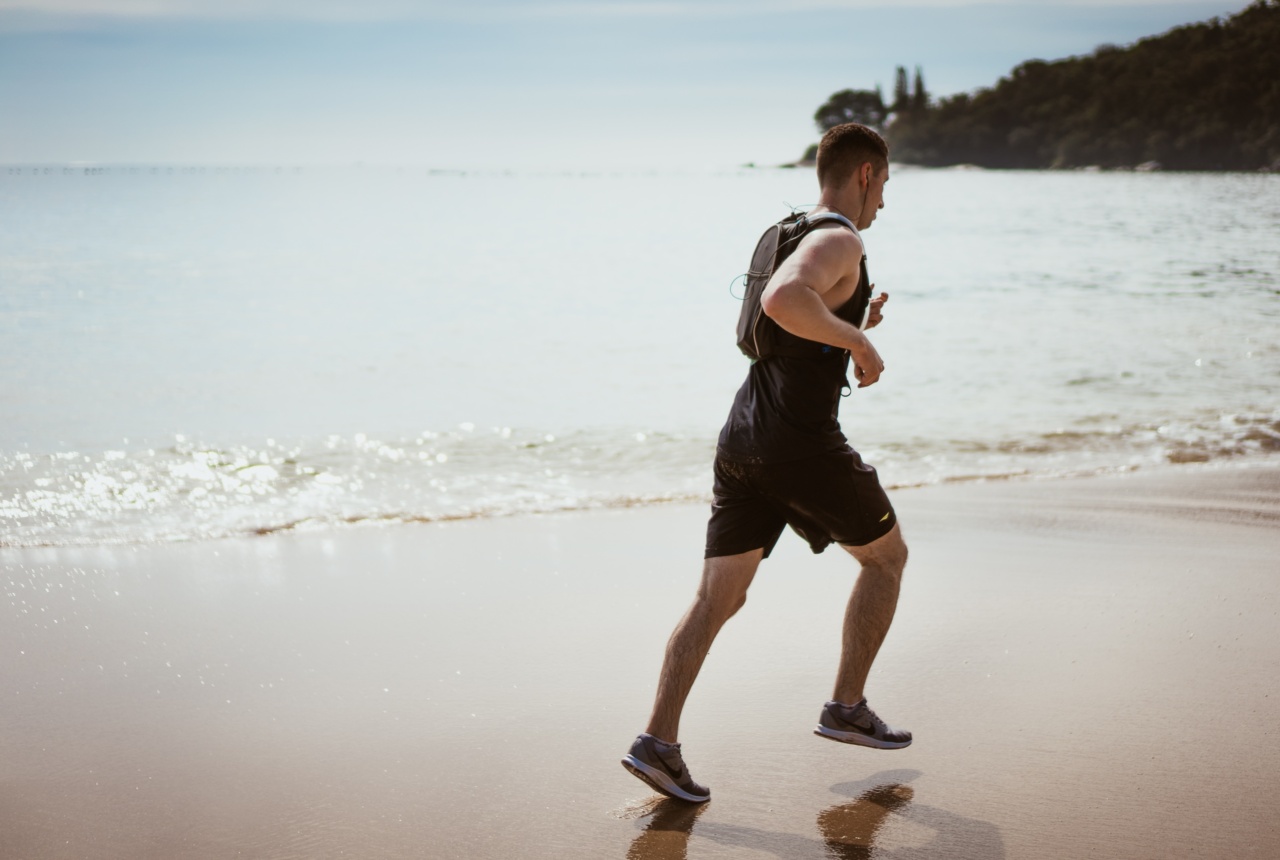Beach running is a fantastic way to exercise and enjoy the outdoors. The sandy surface provides resistance, making your muscles work harder, and the serene ocean views can make your workout feel more like a leisurely stroll.
However, just like any other workout, beach running requires some precautions to ensure your safety and maximize your performance. In this article, we will explore some essential tips and provide images to guide you towards a successful beach running session.
1. Choose the Right Time
Running on the beach during sunrise or sunset offers breathtaking views and cooler temperatures. These times of the day also tend to be less crowded, providing a more peaceful and distraction-free workout experience.

2. Warm Up and Stretch
Before hitting the sandy path, it’s crucial to warm up your muscles and perform some stretching exercises. This helps to prevent injuries and improve your overall performance.

3. Wear the Right Gear
Invest in a good pair of running shoes that are suitable for beach running. Look for shoes with proper cushioning and support, as running on sand can be more challenging on your feet and joints.

4. Stay Hydrated
Running on the beach can be more tiring due to the resistance provided by the sand. Carry a water bottle with you and stay hydrated throughout your workout to avoid dehydration and fatigue.

5. Mind the Tides
Check the tide tables before heading out for your beach run. Ensure that you have enough space to run, especially during high tides when the available sandy surface may be limited.

6. Practice Proper Form
Running on the sand requires more effort due to the unstable surface. Focus on maintaining an upright posture, lifting your knees higher, and adopting a shorter stride to maintain stability and reduce the risk of injury.
7. Be Mindful of Other Beachgoers
Share the beach with others by being considerate and respectful. Avoid running too close to people sunbathing or playing in the water to prevent any accidents or disturbances.

8. Protect Your Skin
Running on the beach exposes your skin to the sun’s harmful rays. Apply sunscreen with a high SPF and wear protective clothing to minimize the risk of sunburn and skin damage.

9. Help Your Muscles Recover
After your beach run, take some time to cool down and stretch your muscles again. This promotes muscle recovery and reduces the likelihood of post-workout soreness.

10. Listen to Your Body
Pay attention to any signs of fatigue, dizziness, or pain while beach running. If you feel any discomfort, it’s essential to stop and rest. Pushing through pain can lead to injuries and setbacks in your fitness journey.
Conclusion
With these tips and images as your guide, you are now equipped with the knowledge to have a safe and successful beach running session.
Remember to choose the right time, warm up, wear suitable gear, stay hydrated, be cautious of the tides, practice proper form, respect others, protect your skin, aid muscle recovery, and listen to your body. Take advantage of the beauty and benefits that beach running offers while keeping these safety measures in mind. Happy running!.




























